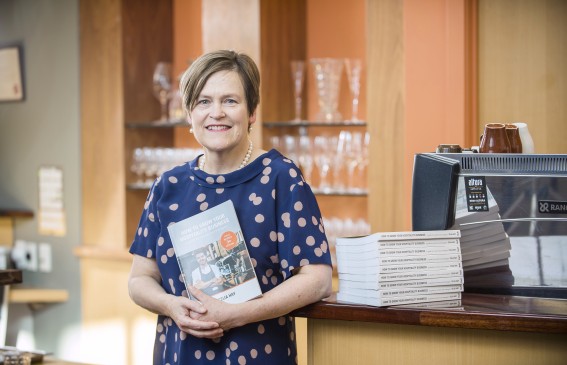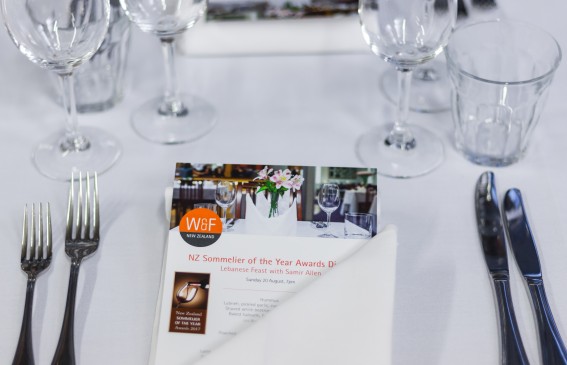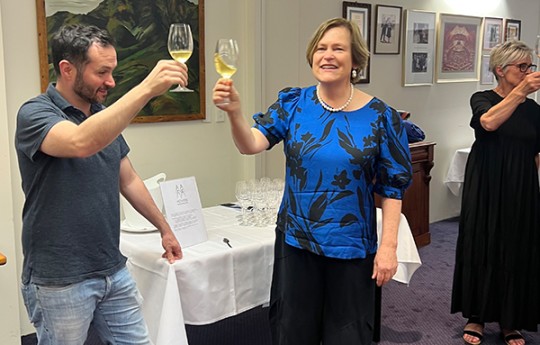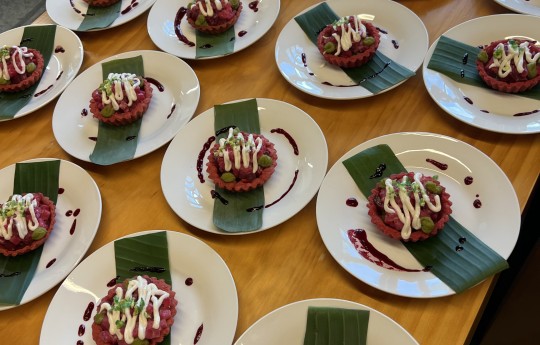Trees of Finland
Visiting both Finland and Sweden, it’s hard to avoid noticing the trees. Foresty covers 75% of Finland's land mass and around 69% of Sweden. Plantation forestry can be pure forests or more often mixes of Norway spruce (Picea abies), Baltic or Scots pine (Pinus sylvestris), Juniper (whose berries are dried and used to flavour gin), Silver Birch (Betula pendula) and Aspen or Poplar (Populus tremula) which we are very familiar with in New Zealand.

Balkan or Scots Pine (Pinus sylvestris)
Travelling by train from Stockholm to Gothenburg, we passed through thousands of hectares of native and plantation forests. In Finland, we visited the Nuuksio National Park, about 40 minutes drive from Helsinki and experienced first-hand a wilderness area.
Finnish Nature Centre Haltia
Adjacent to the entrance of Nuuksio National Park, is the privately owned Finnish Nature Centre Haltia. This offers a variety of nature experiences from hikes in the forest, to Wine in the Woods, designed to recharge your sensory perceptions of nature, while you taste wines.
I experienced this first-hand as an evening activity organised by the Finnish Sommelier Association for the ASI Association of Sommeliers General Assembly 2023.

At Haltia, they have a programme that helps people to unlock their brains called Roadmap to a healthy brain. The first step is to head out alone, or with a friend, for 30 – 90 minutes, set your phone to silient mode and remember to respect nature. Read more here.
Juniper Juniperus communis
I was intrigued to taste Juniper cones, or what are commonly refered to as berries, picked from a tree. I did not expect to find these so far north. Junipers are conifers of the cypress family, Cupressaceae and grow to around 10 meters. The cones or berries ripen between 6 to 18 months after pollination.

The juniper berries that we tasted were not yet ripe with a firm acidity and bitter tannins. A long gin finish.

Baltic pine Pinus sylvestris
The Pinus sylvestris, better known as the Baltic Pine or Scots Pine in Britain, grows up to 35 metres. It is widely used for plantation forestry with a rotation of 50 to 120 years. In wilderness areas the pines naturally regenerate. As they age, the bark peels off revealing a distinctive pale brown trunk. The Baltic pine is highly valued for construction yielding a pale brown timber.
Norway spruce Picea abies
The Norway spruce or Fir tree, frequently used as a Christmas trees, has branchlets that droop downward to make it easy to identify. It can age up to 300 years.

At the magnificent Helsinki Public Library, completed in 2018, you can see the Finnish spruce timber used with creative effect.

Looking towards the Helsinki Public Library that was completed in 2018.

We tasted the light green shoot tips as a canapé and also puréed as a pesto. It was served with Anna-Christina Ried Barnreiser, Netzl a blend of Zweigelt, Cabernet Sauvignon, Merlot from Austria.The spruce tips had a mild floral, pine needle, terpene character and a bitter finish.
The spruce branchlets can be fermented to make spruce beer or tea. Spruce is favoured because it contains vitamin C and was used by sailors to prevent scurvy.

Silver Birch Betula pendula
In this colder climate, the silver birch with its pale, silvery truck, grows straight and tall. It can reach up to 24 meters and can live to 120 years. This timber is often used in plywood production.

Walking track in the Nuuksio National Park.
Aspen Populus tremula
The Aspen Populus tremula is from the poplar family, grows to 25 meters and in autumn its leaves turn golden before dropping. Its timber is light in weight and not favoured for commercial uses.

Wild blueberries growing under the trees.

Alice and I ventured on a six kilometre hike that ended at Haukkalampi, a magnificent lake. Covered in water reeds and yellow water lilies, it was framed by Norway spruce, Baltic pine, Aspen and Silver birch. Wildflowers flourished along the edges including Yarrow and Nipplewort . We snacked on wild blueberries, ripening under the trees.
Celia Hay
7 July 2023










